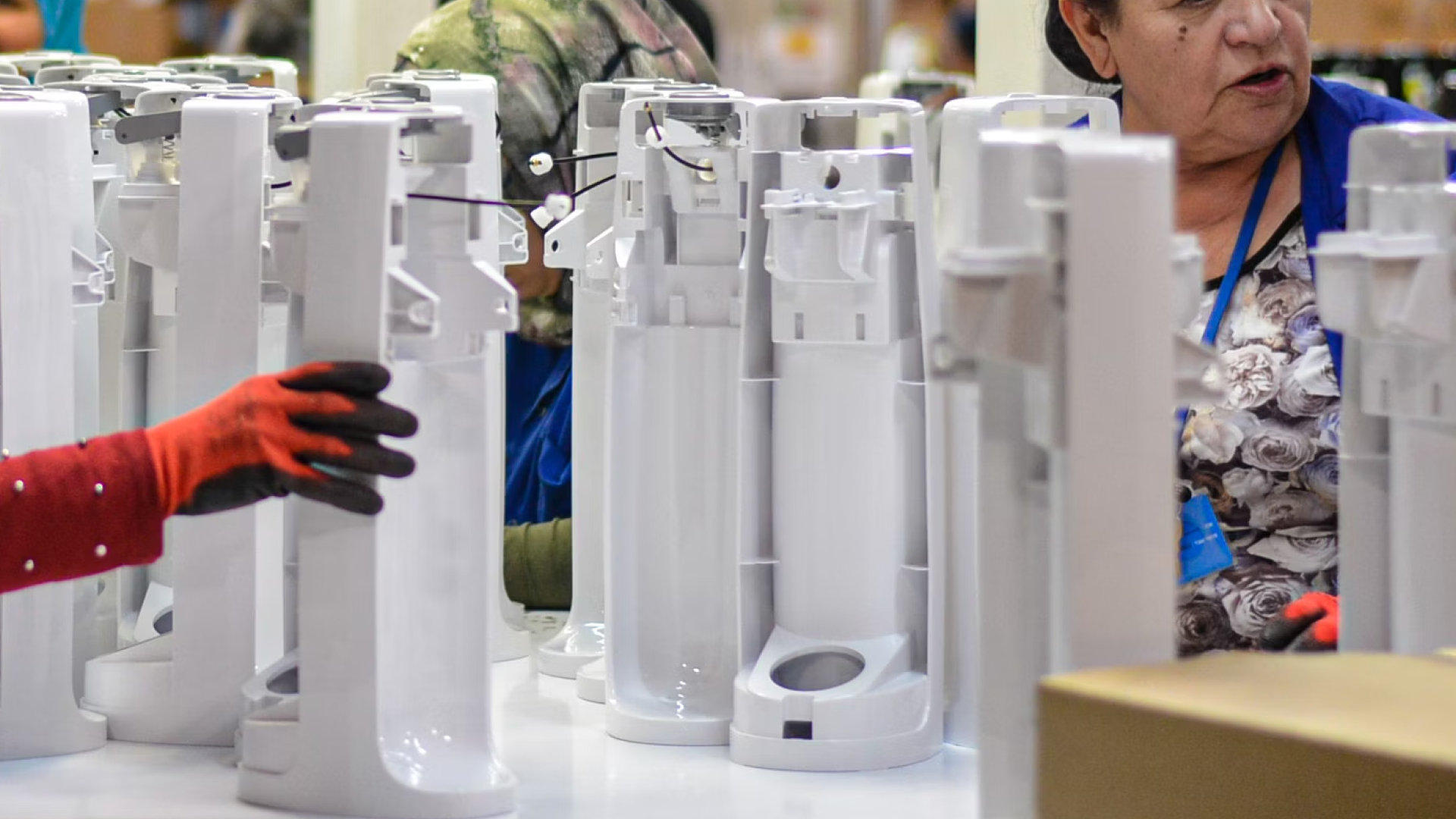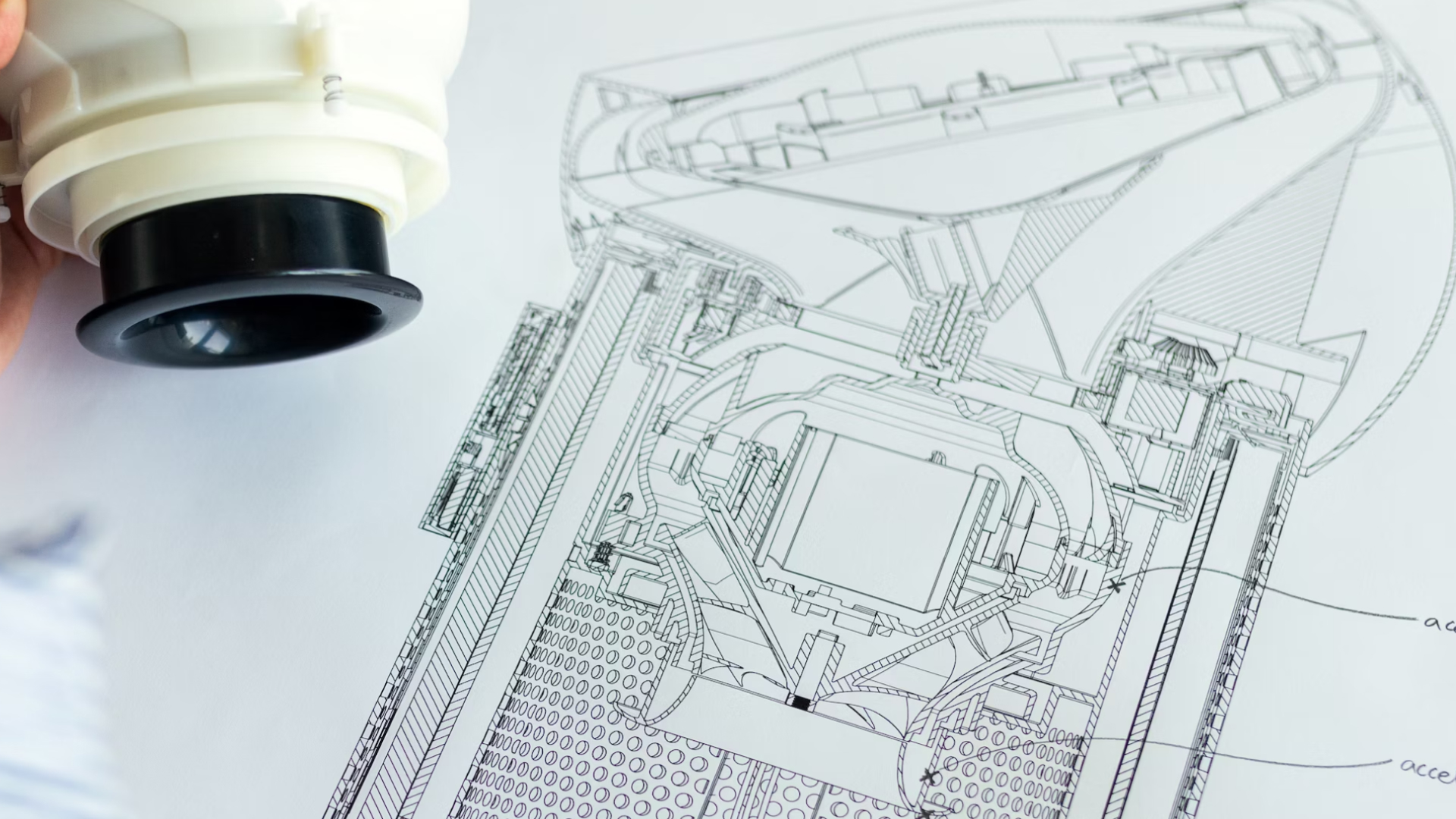What is Design for Manufacturing and Assembly, and Why is it Critical in 2024

Although mass production and Design for Manufacture and Assembly (DFMA) emerged simultaneously, DFMA as a formal discipline was not established until much later. Significant advances in technology and manufacturing processes during the second industrial revolution permanently changed the face of product design. However, it would require almost a century for the design process to be completely adjusted to account for these developments, highlighting the significance of DFMA in modern manufacturing.
Table of Contents
Historical Foundations of Design for Manufacturability
The origins of design for manufacturing can be found in the same fundamental ideas that underpin high-volume manufacturing. The highly traditional Master-Apprentice Model was dismantled by pioneers such as Frederick Winslow Taylor and Henry Ford in favour of the more productive assembly-line method. This paradigm-shifting change moved the emphasis from individual craftsmanship to a process where specialisation became essential, cutting down on the amount of time needed to master each task and ushering in the era of mass production.
The 20th Century: Specialisation and the Silo Mentality
Specialisation in the business sector became more intense as the 20th century went on. Companies’ departments have been concentrating more on optimising their particular piece of the production puzzle. Originally a response to the difficulties posed by globalisation, the goal of this departmental optimisation was to stay up with foreign rivals. Though it increased output, this siloed approach frequently jeopardised the products’ overall quality and manufacturability, driving up costs and squeezing profit margins.
Complex features and a large number of parts were standard design elements. Although these designs were sometimes more complex than the equipment could handle, they were frequently visually striking but occasionally ignored the realities of manufacturing. The ensuing inefficiencies lengthened production schedules, increased needless expenses, and raised the possibility of failure. These problems were made worse by the globalisation of markets and production, which reduced profitability and strained relations between the engineering and manufacturing divisions.
The Competitive Edge through DFM
Some organisations started to realise the benefits of integrating the design and manufacturing processes in response to these challenges. They realised they could get a big competitive advantage by avoiding the exorbitant costs and production delays brought on by a disorganised approach. Thus, the fundamentals of DFM were formed: creating products with manufacturing in mind from the outset and balancing design specifications with manufacturing realities.
Leading industrial organisations developed and implemented the fundamental tenets of DFMA as a result of this realisation. As soon as businesses like Apple, Xerox, and Westinghouse started implementing these ideas, the advantages were obvious, and the technique quickly expanded throughout the sector.
DFM: A Multifaceted Approach to Manufacturing
DFM is more than just a method of cutting expenses and minimising risks. It provides a holistic method covering production economics as well as improving product quality and spotting possible design defects. Large-scale production problems and recalls, like those that have been associated with well-publicised product failures in the past, can be avoided with this proactive approach.

The Role of DFM in Uncovering New Processes
Slashing expenses is DFM’s main objective. But it’s also a creative spark that encourages the investigation of novel technologies, approaches, and procedures that aid the product development process. This research is an opportunity for improvement and discovery, which frequently results in the creation of new manufacturing processes rather than just being a means of cutting costs.
We continuously integrate new technologies at Bluefrog Design while honouring the tried-and-true techniques of the past. We are an innovative company. Innovation is constantly being pursued within the confines of DFM processes, but risk and benefit are always taken into account.
Extending the Benefits of DFM through Partnerships
Enhancing long-term relationships with manufacturing partners and exploring new collaborative opportunities are two ways that DFMA can be used to maximise its benefits. Forming these kinds of partnerships is essential to an organisation’s ability to streamline procedures and innovate. One of the main factors contributing to a strong and healthy manufacturing ecosystem is the variety of supply chain and manufacturing partnerships; this has become especially clear in light of recent global challenges.
Conclusion: A Strategic approach to of DFMA in 2024
As we look towards 2024, the strategic imperative of DFMA in the product development life cycle is evident. Bluefrog Design is at the forefront of this approach, ready to lead your product from concept to consumer with a depth of expertise and foresight. At Bluefrog product design consultancy, our commitment to innovation, quality, and collaboration makes us the ideal partner for those navigating the complexities of the modern manufacturing environment. With an eye on both the legacy and the future.
If you would like to see more on our services
If you would like to hear more on how we can improve the quality of your products or help with your product development, please contact Bluefrog Design at [email protected]
FAQs on DFMA in 2024
What are the principles of DFMA?
The principles of Design for Manufacturing and Assembly (DFMA) focus on simplifying product design to reduce manufacturing complexity and costs. This involves minimising the number of parts, designing for ease of assembly, using standard components, and creating modular designs. DFMA also emphasises the importance of designing for automated production and considering the limitations of manufacturing processes from the outset to ensure that products are easier and more cost-effective to produce, while maintaining high quality.
What is the main purpose of DFMA?
The main purpose of Design for Manufacture and Assembly (DFMA) is to simplify and optimise the product design process to minimise production costs and complexities, while ensuring quality and efficiency. DFMA aims to reduce the product’s component count, streamline assembly processes, enhance reliability, and shorten time to market. This is achieved by integrating design and production considerations early in the development cycle to create products that are easier and less costly to manufacture and assemble.
What is DFM vs DFA vs DFMA?
Design for Manufacturing (DFM) focuses on simplifying the manufacturing of product components. Design for Assembly (DFA) concentrates on reducing assembly complexity and costs. Design for Manufacturing and Assembly (DFMA) combines both approaches, integrating DFM and DFA principles to optimise the entire production process, from component fabrication to final assembly, aiming to minimize costs, streamline production, and improve product quality by addressing manufacturing and assembly issues early in the design phase.
Ready to get started on a project?
Socials




One Comment